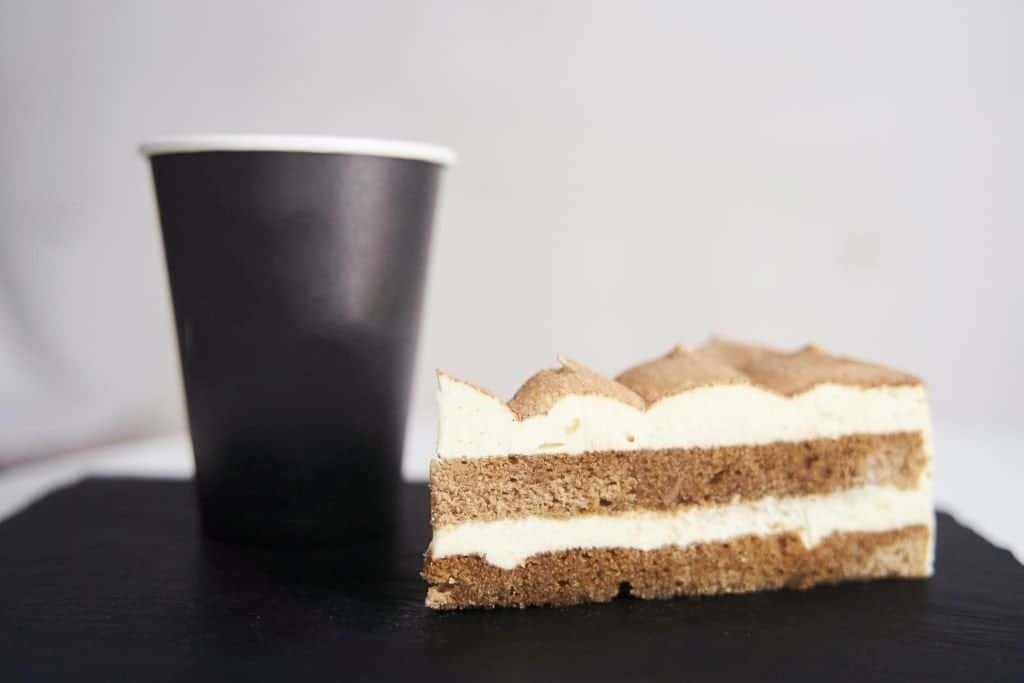When making your coffee in a French press, pushing the plunger down should be a relatively easy step. But what if there’s resistance and you need to put more effort than usual? There are a few reasons for it, and it can be the French press, the coffee, or even user error that is responsible. Let’s run through the most notable problems and how to fix them.
French Press Issues

Plunger
The plunger is the mechanism doing the pushing in a French press. If this is damaged, of course, there are going to be issues filtering your coffee. The first and most prominent issue a plunger can have is a damaged or bent plunger rod. If the rod is bent, the pressure used to filter the coffee could be getting pushed to the sides instead of down, making it harder to get the plunger all the way to the bottom of the carafe. Additionally, having a bent plunger rod could mean additional damage taking place every time you filter your coffee.
If the plunger rod has damage to it but isn’t bent, this can still cause some problems. Depending on the type of damage, the rod may be snagging or scraping against the top of the press as you push the plunger down, requiring additional pressure to force the plunger down. Neither one of these issues are ideal and should be handled by purchasing a new plunger rod.
Filter
You may be experiencing resistance while you filter your coffee because your filter is dirty. A good filter will stop your grounds but is still porous enough to let your liquid coffee pass through easily. If your filter is clogged up with the oils and grounds from past coffee making, then it will get more difficult for your coffee to pass through with every new cup your make. Not to mention the lack of cleanliness of old grounds and oils being mixed in with your fresh cup from who-knows how long ago. Taking apart and cleaning your filter after each use should remedy this issue.
Carafe
The carafe is the body of your French press. It is the glass container that lets you watch the magic of your morning brew as it takes place. If your carafe is damaged, like a damaged plunger rod, it can cause snags and resistance or even damage to your filter as you separate the grounds from your coffee. However, because carafes are made of glass, damage should be relatively easy to spot, even if you aren’t looking for it. If you’re suspicious of any invisible damage, put on a pair of gloves and feel around the inside to see if your fingers snag on any points. If so, you should consider buying a new carafe for your press.
Coffee Issues
If your French press doesn’t seem to have any structural or mechanical issues, then your problem may actually be coming from how your coffee is being prepared.
The Grounds Are Too Fine
Everyone likes their coffee differently. Brew time, coarseness of your grounds, coffee bean label, and type; all are variables that make coffee such a versatile morning drink. But when using a French press, there are limits to how fine you can grind your coffee.
A French press works by filtering out the grounds that have been brewing your coffee with a filter, and that filter has holes in it, allowing water to pass through while pushing your grounds down and out of the way. If you grind your beans down too fine, you may find yourself over-clogging your filter. The filter is designed to catch your grounds, not to have them embedded in the holes meant for your coffee to pass through. Play around with the coarseness of your coffee to see 1) if it is affecting your French press and 2) if having slightly coarser coffee changes the taste in a negative way for you.

Check Your Coffee
I know it can be early in the morning, but make sure you see exactly what is going into your French press before you add your boiling water. Sometimes you find resistance because something else has been put either into the coffee or the French press other than coffee grounds. This is obviously a less likely scenario for a consistent issue when pushing your French press down, but something small can go unnoticed and create problems and even damage.
User Error

Everyone makes mistakes. Oftentimes our mistakes come from not knowing, and it can be a little embarrassing to see after the fat the error in our ways. French presses are relatively simple to use, but even the easiest of tools can be wielded incorrectly.
It’s All The Way Down
If you find yourself having no difficulty at all until the last tiny bit of filtering, you may have reached the bottom of the press. The rod is, by design, shorter than the carafe, so there is room for the grounds at the bottom to be filtered to.
Forcing an extra centimeter of filtering won’t change the coffee, but it will jeopardize your French press. Keep an eye on how much of the rod is sticking out above the lid instead of how far down the filter is going. You may be expecting a little more when your press is working exactly how it is supposed to be.
Clean the French Press thoroughly.
Not cleaning your French press regularly can cause issues with pushing the plunger down, making it difficult and even impossible to get a smooth and effortless press. This is because leftover coffee oils, stains, and coffee residue can build up on the mesh filter, creating a sticky and stubborn surface that makes it hard to push the plunger down.
The buildup of old coffee oils can also cause the rubber or silicone seal on the plunger to degrade, making it difficult to create a proper seal and leading to leaks and inconsistent brewing results. Additionally, a dirty French press can promote the growth of mold and bacteria, which can be harmful to your health and affect the taste and quality of your coffee.
Regular cleaning of your French press is essential to prevent these issues from occurring. It not only ensures a smooth and easy press but also helps to maintain the integrity and longevity of your French press, allowing you to enjoy delicious coffee for years to come.
How to clean your french press

Keeping your French press clean is crucial for a great-tasting cup of coffee. A dirty French press can leave behind old coffee oils, stains, and even mold, affecting the quality and taste of your coffee. That’s why it’s essential to clean your French press thoroughly after each use. Here’s a step-by-step process to help you clean your French press effectively:
- Disassemble the French press: First, separate the plunger, the filter, and the lid from the glass or stainless steel body of the French press. Be careful while handling the glass body, as it’s fragile and can break easily.
- Remove the remaining coffee grounds: Dispose of the used coffee grounds and rinse the French press under running water to remove any leftover coffee.
- Soak the French press: Fill the French press with warm water and add a few drops of dish soap or a mild detergent. Allow it to soak for about 15-20 minutes, depending on the level of stains or buildup.
- Clean the filter: Take the filter apart and clean each part separately under running water. Use a brush to scrub away any stubborn stains or coffee residue.
- Clean the plunger: Scrub the plunger with a brush or sponge, paying extra attention to the mesh filter. Make sure to remove any coffee oils or debris that may have accumulated on it.
- Rinse and dry: Rinse the French press thoroughly with clean water to remove any soap or detergent residue. Wipe down all the parts with a clean cloth or towel and let them air dry before reassembling.
It’s crucial to clean your French press thoroughly every time you use it to ensure that your coffee tastes great and is free from any bacteria or mold. A dirty French press can lead to health problems and an unpleasant coffee experience.
In addition to regular cleaning, you can also use vinegar or baking soda to deep clean your French press once every few weeks. Simply mix one tablespoon of vinegar or baking soda with one cup of hot water and allow it to sit in the French press for about 30 minutes before rinsing and drying thoroughly.
Wrapping things up
In conclusion, a French press that’s hard to push down can be frustrating and can affect the quality of your coffee. However, by following these troubleshooting tips, you can resolve the issue and enjoy a smooth and effortless press every time.
Whether it’s adjusting the grind size, using the right amount of coffee and water, or cleaning your French press regularly, these tips can help you achieve a perfect cup of coffee with ease.
So, don’t let a stubborn French press ruin your coffee experience. Try these tips today and enjoy a delicious and hassle-free brewing experience.




